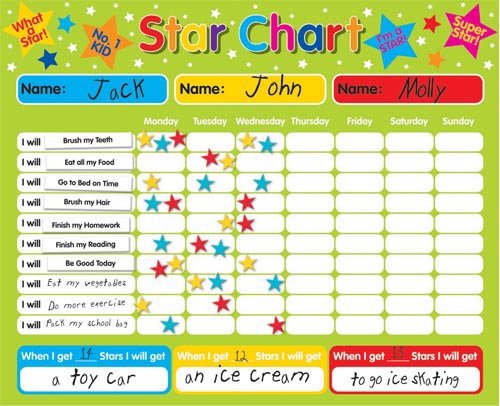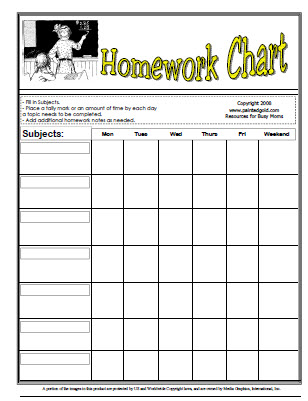 When I talk to parents with children who they suspect have Dyslexia I generally hear the same story. Problems with letters, numbers, counting and words when they were four or five. They couldn’t print well but often very artistic especially for their age. Sometimes they started talking later than other children and had speech difficulties such as lisps, mispronunciation of words more than other children, couldn’t remember simple words so would say “thing-a-ma-jig”, “whatcha-ma-callit” or use the wrong word. But they were also intelligent and quick learners with other skills and knowledge such as building things with legos, athletics, art projects, singing, dancing, telling stories, remembering events or movies in extensive detail or making observations about things that is way beyond their years. They loved to learn, asked endless questions about everything and were excited about going to school.
When I talk to parents with children who they suspect have Dyslexia I generally hear the same story. Problems with letters, numbers, counting and words when they were four or five. They couldn’t print well but often very artistic especially for their age. Sometimes they started talking later than other children and had speech difficulties such as lisps, mispronunciation of words more than other children, couldn’t remember simple words so would say “thing-a-ma-jig”, “whatcha-ma-callit” or use the wrong word. But they were also intelligent and quick learners with other skills and knowledge such as building things with legos, athletics, art projects, singing, dancing, telling stories, remembering events or movies in extensive detail or making observations about things that is way beyond their years. They loved to learn, asked endless questions about everything and were excited about going to school.
When they enter school they continue to have problems with letters, phonics, words, numbers, arithmetic, and other linear sequential skills such as memorizing the alphabet or counting in the right order. They also have difficulties with instructions so they don’t always understand what the teacher wants. As each year passes there is less and less emphasis on singing, dancing, drawing, painting, making things and physically demonstrating all new concepts. Their excitement to be in school begins to dissolve and is replaced with frustration, confusion, fear, anger, sadness and physical distress such as headaches, stomach aches and throwing up. Their self-esteem drops and they begin to doubt themselves.
 Teachers become frustrated with them not understanding what they need and their classmates start to tease them because they can’t spell or read and they print poorly. Right brain dominant children ask the same questions over and over and when they read out loud they can take forever, mispronounce everything, and can’t sound the words out.
Teachers become frustrated with them not understanding what they need and their classmates start to tease them because they can’t spell or read and they print poorly. Right brain dominant children ask the same questions over and over and when they read out loud they can take forever, mispronounce everything, and can’t sound the words out.
School becomes a scary place and they will often feign sickness to stay home. Some children will have anxiety attacks at the mere thought of going to school.
As each grade passes, their problems and anxiety deepen. Dyslexics as right brain dominant thinkers are generally very empathetic and intuitive so they become keenly aware of the distress and fear their parents are feeling for them and the frustration or outright hostility their teachers and classmates are expressing towards them in the classroom. They get farther and farther behind the class, convinced they are stupid and eventually shut down when learning things in class they are really good at such as science, math, building things or making up a story orally.
 By grade four or five their learning difference has become a learning disability and these students are can be experiencing depression and other psychological issues. I have had several parents tell me their children were saying they wanted to kill themselves when they were in the third or fourth grade. Junior and high school is a nightmare as the school work becomes more difficult and demanding and they don’t have the ability to read a lot of books for their school subjects. Less and less of their schooling uses concrete real examples – the emphasis is on abstract learning and requires students to do endless worksheets, written tests, reports and essays. Little of their schoolwork requires or allows a physical demonstration of the subject (3 dimensional structures, posters, drawings, play, dance or videos), to show understanding and knowledge – mostly writing. Eventually these students become a large percentage of our school’s dropouts.
By grade four or five their learning difference has become a learning disability and these students are can be experiencing depression and other psychological issues. I have had several parents tell me their children were saying they wanted to kill themselves when they were in the third or fourth grade. Junior and high school is a nightmare as the school work becomes more difficult and demanding and they don’t have the ability to read a lot of books for their school subjects. Less and less of their schooling uses concrete real examples – the emphasis is on abstract learning and requires students to do endless worksheets, written tests, reports and essays. Little of their schoolwork requires or allows a physical demonstration of the subject (3 dimensional structures, posters, drawings, play, dance or videos), to show understanding and knowledge – mostly writing. Eventually these students become a large percentage of our school’s dropouts.
 So can this picture be different for a Dyslexic student? Of course it can. Let’s rewind this story back to the beginning.
So can this picture be different for a Dyslexic student? Of course it can. Let’s rewind this story back to the beginning.
- When our right brain student enters the school system the school tests them and other children for reading readiness. Some children, especially Dyslexics are not mature or developed enough for reading in kindergarten or grade one. When children are significantly younger than other students in their grade, a difference of six months or more in age is enough to severely affect a child being able to keep up with the class.
- Then determine the students who learn letters, phonics, words, numbers and sequences easily (word to image thinkers or left brain dominant) from the visual students. Visual or right brain dominant thinkers are image to word thinkers. They need to learn in whole complete and concrete concepts (images)and connect them to words. Complete understanding of letters, words and numbers comes more slowly for them.
These students are then broken into classrooms that teach to these two very different groups of learners – classes for strong left brain learners and right brain learners. Multi-sensory, hands on physical demonstration style teaching would be high priority in both classes but mandatory for all subjects for the right brainers throughout their school years.
The right brain/dyslexic students would be given more time to learn how to spell and read utilizing teaching methods appropriate for right brain learners such as colour to learn letters, numbers and arithmetic and making letters and numbers with modelling clay
(Ron Davis – The Gift of Dyslexia).
There would be emphasis on starting with sight reading and syllables (word families) which right brain dominant students learn more easily at the beginning.
Teachers would encourage these students to ask their questions and use stories and pictures to explain everything. They would respect their need to not just learn information in a rote manner such as the steps to solving a division problem but would prioritize making a concept real by demonstrating what division is (subtracting in groups as opposed to multiplication which is adding in groups). This can be done with groups of candy, objects, pies, etc) so they understand what division is before doing the steps. This gives the big picture and meaning behind division.
Special attention would be paid to giving extensive practice learning to print to help address Dysgraphia, a common issue for Dyslexics, screening to see if they have Irlen Syndrome (distablized text) and learning style (auditory, kinesthetic or visual). Once these issues are determined then accommodations would be put in place.
Computers would be given them in the early grades with the use of the many programs available that would help them with their schoolwork. Some teachers will say this is unfair to other students in a class who don’t have a computer. If the Dyslexic student is not able to complete school work in the same fashion as other students who don’t have problems with reading and writing then the Dyslexic student is simply “leveling the playing field”.
____________________________________________________________
There are many different ways to make a right brain dominant and Dyslexic student’s school experience successful and exciting to prepare them for their future.
For more ideas I have provided some links:
Dyslexia Victoria Online
http://www.dyslexiavictoriaonline.com
Gifted Children (Visual Spatial Learners)
http://www.gifteddevelopment.com/Visual_Spatial_Learner/vsl.htm
4D program in New Zealand
http://www.4d.org.nz/school/
Neil MacKay (noted Dyslexia expert)
http://www.actiondyslexia.co.uk/
Chat with Sally Shaywitz (another Dyslexia specialist)
http://www.greatschools.org/special-education/LD-ADHD/859-overcoming-dyslexia-a-chat.gs?page=1#2
British Dyslexia Association
http://www.bdadyslexia.org.uk/
Also you might want to check out the page on our website about suggested books to read:
http://www.dyslexiavictoriaonline.com/otbowere.html
And our blog is:
https://dyslexiavictoria.wordpress.com/
You can sign up to receive new blog entries on the left side of the main page of the blog at the top where it says “Email Subscription Rants and Raves from the Right Side”
Cheers!
Karey Hope deGraaf
Dyslexia Victoria Online Co-founder

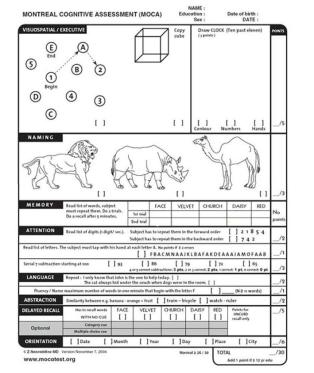 Recently I had a scary event. I had a minor stroke. Luckily I’m fine and with certain changes I should be able to avoid another one. I wasn’t allowed to drive however until I had fully recovered and was able to pass a cognition test. When I went to take the test with my family doctor I discovered something that really concerns me.
Recently I had a scary event. I had a minor stroke. Luckily I’m fine and with certain changes I should be able to avoid another one. I wasn’t allowed to drive however until I had fully recovered and was able to pass a cognition test. When I went to take the test with my family doctor I discovered something that really concerns me.




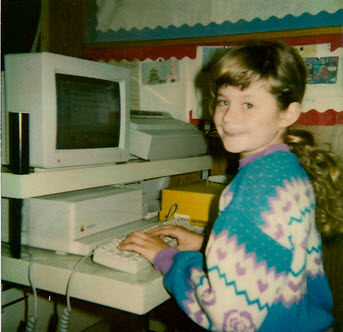
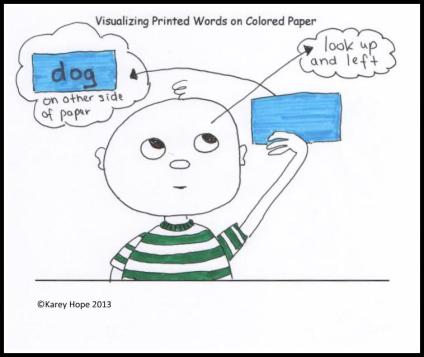
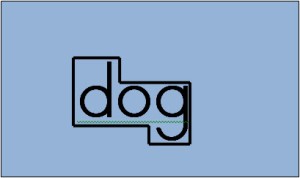
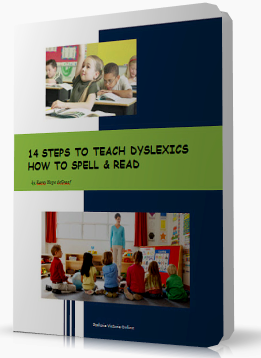
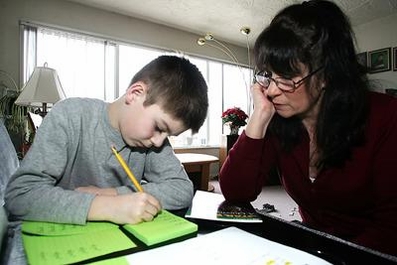





 When I talk to parents with children who they suspect have Dyslexia I generally hear the same story. Problems with letters, numbers, counting and words when they were four or five. They couldn’t print well but often very artistic especially for their age. Sometimes they started talking later than other children and had speech difficulties such as lisps, mispronunciation of words more than other children, couldn’t remember simple words so would say “thing-a-ma-jig”, “whatcha-ma-callit” or use the wrong word. But they were also intelligent and quick learners with other skills and knowledge such as building things with legos, athletics, art projects, singing, dancing, telling stories, remembering events or movies in extensive detail or making observations about things that is way beyond their years. They loved to learn, asked endless questions about everything and were excited about going to school.
When I talk to parents with children who they suspect have Dyslexia I generally hear the same story. Problems with letters, numbers, counting and words when they were four or five. They couldn’t print well but often very artistic especially for their age. Sometimes they started talking later than other children and had speech difficulties such as lisps, mispronunciation of words more than other children, couldn’t remember simple words so would say “thing-a-ma-jig”, “whatcha-ma-callit” or use the wrong word. But they were also intelligent and quick learners with other skills and knowledge such as building things with legos, athletics, art projects, singing, dancing, telling stories, remembering events or movies in extensive detail or making observations about things that is way beyond their years. They loved to learn, asked endless questions about everything and were excited about going to school.
 By grade four or five their learning difference has become a learning disability and these students are can be experiencing depression and other psychological issues. I have had several parents tell me their children were saying they wanted to kill themselves when they were in the third or fourth grade. Junior and high school is a nightmare as the school work becomes more difficult and demanding and they don’t have the ability to read a lot of books for their school subjects. Less and less of their schooling uses concrete real examples – the emphasis is on abstract learning and requires students to do endless worksheets, written tests, reports and essays. Little of their schoolwork requires or allows a physical demonstration of the subject (3 dimensional structures, posters, drawings, play, dance or videos), to show understanding and knowledge – mostly writing. Eventually these students become a large percentage of our school’s dropouts.
By grade four or five their learning difference has become a learning disability and these students are can be experiencing depression and other psychological issues. I have had several parents tell me their children were saying they wanted to kill themselves when they were in the third or fourth grade. Junior and high school is a nightmare as the school work becomes more difficult and demanding and they don’t have the ability to read a lot of books for their school subjects. Less and less of their schooling uses concrete real examples – the emphasis is on abstract learning and requires students to do endless worksheets, written tests, reports and essays. Little of their schoolwork requires or allows a physical demonstration of the subject (3 dimensional structures, posters, drawings, play, dance or videos), to show understanding and knowledge – mostly writing. Eventually these students become a large percentage of our school’s dropouts. So can this picture be different for a Dyslexic student? Of course it can. Let’s rewind this story back to the beginning.
So can this picture be different for a Dyslexic student? Of course it can. Let’s rewind this story back to the beginning. I had a recent post on my facebook about fonts that are becoming available that have been developed for the Dyslexic reader. Wow! Like we used to say in the 70’s -“What a concept!”
I had a recent post on my facebook about fonts that are becoming available that have been developed for the Dyslexic reader. Wow! Like we used to say in the 70’s -“What a concept!” School is starting and for parents of Dyslexic students all the worries for their children’s education become a daily concern again. Homework is always a big one.
School is starting and for parents of Dyslexic students all the worries for their children’s education become a daily concern again. Homework is always a big one.